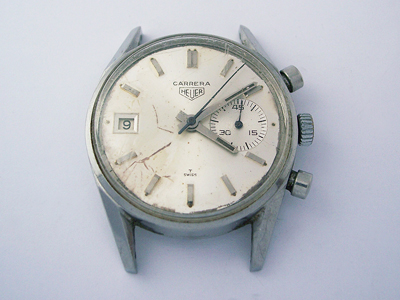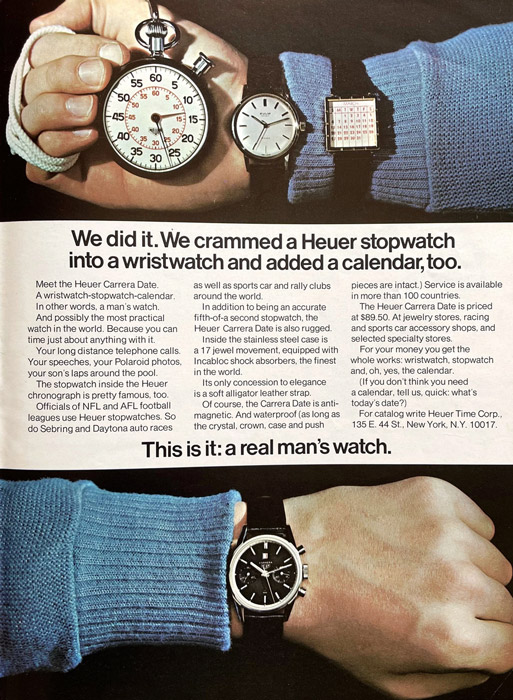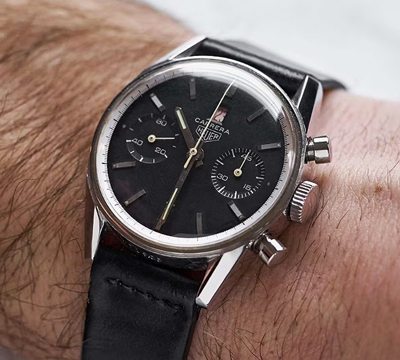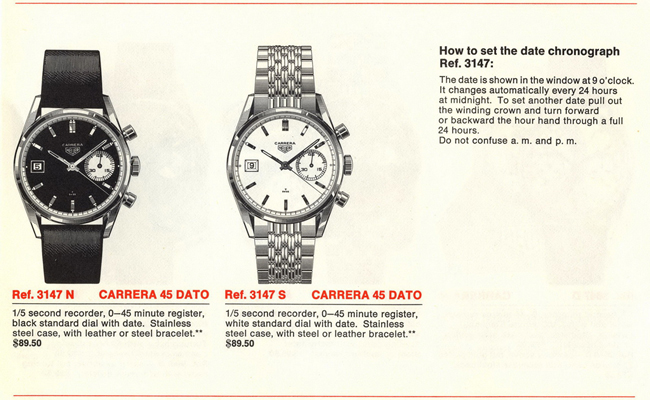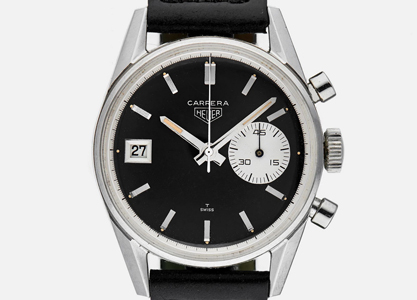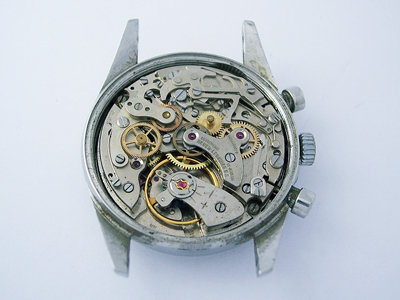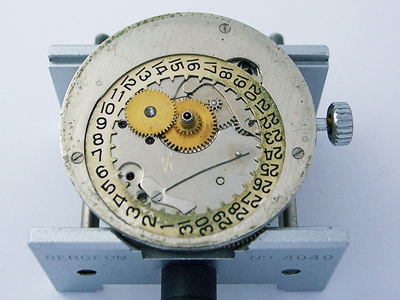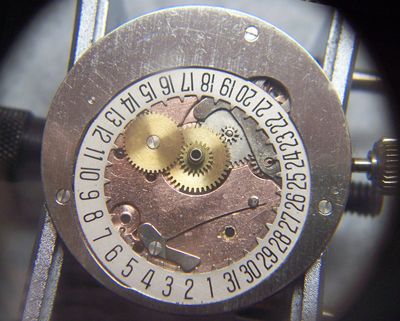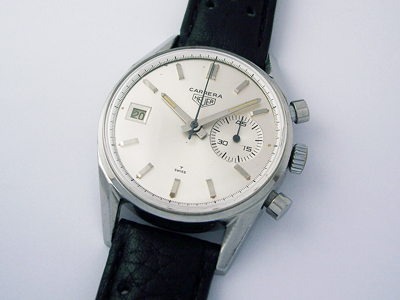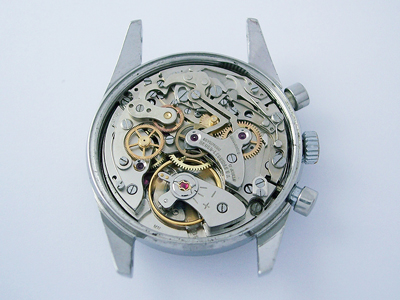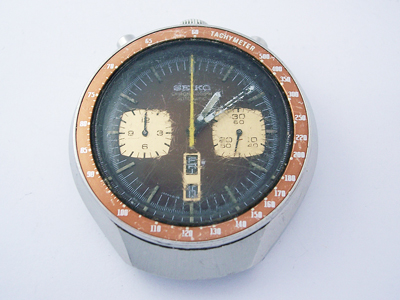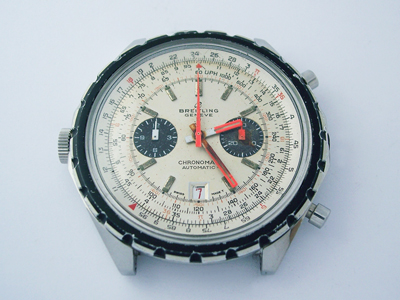Let’s have a look at what was once considered the ‘ugly duckling’ of the vintage Heuer Carrera range, the Dato 45.
(Click pictures to enlarge)
Two model lines were released in 1963 which would become iconic in the world of wristwatches, the Rolex Cosmograph Daytona and the Heuer Carrera. Both named after famous motor races, they were aimed squarely at the auto enthusiasts.
The first Carrera Dato model was released three years later in somewhat triumphant fashion, being the first Heuer chronograph to feature a date aperture and rotating date disc under the dial.
Available with either a black or white dial, the first execution included a running second subdial and the date was positioned at 12, between the hour marker and the centre of the dial. The inclusion of a date was useful, but the position less so, as the aperture was partially obscured by the sweep second hand when the chronograph was disengaged and reset.
The position of the date was one possible reason the watch wasn’t an immediate sales success, and as a consequence, Heuer addressed the issue by redesigning the watch for the 1968 season. The running second subdial on the left was removed and replaced by the date aperture. An unusual choice as the Landeron calibre 189 inside was designed to maintain a running second subdial and display the date at the bottom of the dial.
Like the first execution, the watch was available with same two dial variants, though the date aperture on black variant was available with a choice of black, or a white painted surround to provide more contrast if required. Whilst an improvement in terms of legibility, the watch still proved to be relatively unpopular in the Carrera range given the unbalanced nature of the dial layout.
Fast forward a few decades and it’s a completely different story, a Dato of any kind is now highly prized and as fewer were sold in period, the black dialled model (of either execution) commands a premium.
As you can see from the first picture, the watch in this post arrived in a pretty sorry state. The crystal was cracked, missing its chapter ring and the hands were in poor condition. The dial had moisture damage all around the edge and a large scratch between the date window and the centre. In years past, this would likely have been considered a parts donor, but given the rise in popularity (and value) of vintage Heuer chronographs over the last decade or so, such watches are now restoration candidates.
Inside is the aforementioned Landeron cal. 189, a 17 jewel, manually wound, cam lever chronograph calibre with a beat rate of 18,000 bph. The cal. 189 differs from other Landeron calibres in that it has a 45 rather than the traditional 30 minute totalizer, and operates as a traditional chronograph, with the upper pusher controlling the start/stop functions and the lower pusher the reset.
Though it obviously hadn’t been serviced for many years, the movement was complete and in relatively good condition. On removing the dial however, the date ring, like the dial, had suffered as a result of the moisture ingress, discolouring its lacquer coating.
This was unfortunate as the printed layout of the date ring is unique to this model given the date position. Any attempt to clean it would likely have resulted in the figures becoming dislodged (I’m not that brave!) and a replacement would almost certainly have proved impossible to find.
Comparing it with a standard Landeron cal. 189, you can see that the print is different and the parts certainly aren’t interchangeable. It’s worth noting too that the print would be different again for the first Dato model to facilitate the date at 12. The date ring alignment being off-centre in the calibre also explains why the date is so much closer to the centre on the early model.
Given the rarity of this watch, I was pleased that the owner had already ‘done the hard yards’ and found both a replacement crystal (including the chapter ring, which serves as the tension ring for the acrylic crystal on most vintage Carrera models) and a much better dial. With the movement serviced and these parts in hand, I was able to clean up the main hands and relume them to match the hour markers on the replacement dial. The case was cleaned and the new crystal and a caseback gasket fitted to round things off.
Rich.
** Many thanks to Jon Isnardi-Bruno for letting me feature his watch on the blog. **

